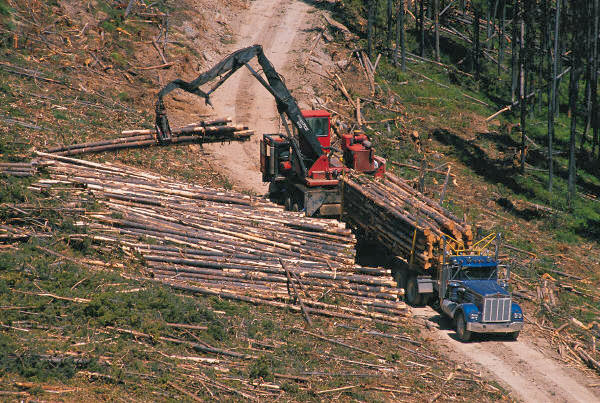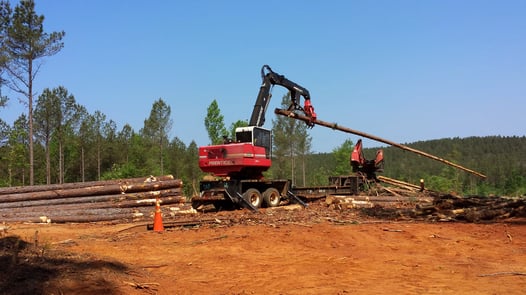
In its recent update of the Logging Capacity Survey, the Wood Supply Research Institute (WSRI) has helped quantify the state of the industry and the potential shortages as the economic recovery takes shape. According to Daniel Dructor, Executive Vice President of the American Loggers Council (ALC), the summary of the update results, which appeared in the Summer 2009 issue of Forest Operations Review, “nailed down what we’ve been thinking all along.”
A few of these nails include :
- Logging capacity averaged just over 84 percent utilization in 2008.
- If pulp manufacturing capacity neared 100 percent, or if both pulpwood and lumber demand neared 85 percent, a 25 percent shortage of logging capacity would occur.
- Labor availability is a growing problem.
- The willingness and financial ability to expand capacity is low among existing logging companies.
While the full report is not yet available, these initial findings highlight the issues that will arise for all wood-consuming facilities. The survey found logging capacity continued to decline 2008, though the impact of this was softened by lower consumption. As the economy recovers and the bioenergy industry develops, however, competition for loggers may become more intense than competition for fiber.
Despite the cautionary tale outlined by the Survey results, Dructor and the ALC see opportunities for loggers in this report. “The information in this report provides an opportunity for industry participants to work together to solve the problem. For instance, one way to address the shortage is for buyers to negotiate longer term deals with their suppliers. Long-term supply agreements—say 3 to 5 years—will help stabilize logging businesses. With the ups and downs of the traditional industry, it has been nearly impossible to do that. With longer term contracts, loggers can establish better business models, including setting up timetables for equipment replacement.”
For Dructor, one of the keys to dealing with the shortage is resolving profitability issues. According to the WSRI, the average age of a logging business owner is 51 years. Many of these businesses will not survive past the owner’s retirement. “As the world has become more business-oriented, those who might have taken up the profession out of a sense of enjoyment or legacy have gravitated toward other work. How do you attract new people into an industry where equipment and worker’s compensation payments leave you with a profit margin of 2 percent or less?"

Increased competition will help ease this pressure, according to Dructor. In many wood basins, mergers and acquisitions have left only one or two major purchasers of wood. In this kind of a market, negotiating positions are far from equal. As bioenergy companies begin operations, this should help markets operate more freely. “Competition resolves a lot,” said Dructor. Whether BCAP will help or not, depends: “The program really isn’t funded well enough, and it’s only for two years. That’s not long enough to stabilize the market. Plus, we don’t know yet who will actually get the money.”
Bioenergy is clearly having an effect though. The key moment in a project’s life is when ground is broken. It’s at this point that loggers will be willing to enter into long-term supply agreements so that projects are easier to fund. In some of these cases, loggers have already purchased the equipment they need to collect, store and transport biomass, and they are and stockpiling it until the facility comes on line.
In the meantime, Dructor says, the American Loggers Council is recommending that it’s members keep an open mind and carefully consider new opportunities. One idea: biomass could be paid for on its energy value instead of its wood or paper products value, by the BTU and not by the green ton. Another idea: when your markets are declining, create new ones. Some of the ALC’s members have begun investing in pellet plants, for instance, not waiting for others to build them.
In the end, Dructor says, “markets take care of themselves. If everyone in the supply chain would work together to stem the logging capacity shortage, I think we will find that the market will take care of us all.”


 Suz-Anne Kinney
Suz-Anne Kinney


